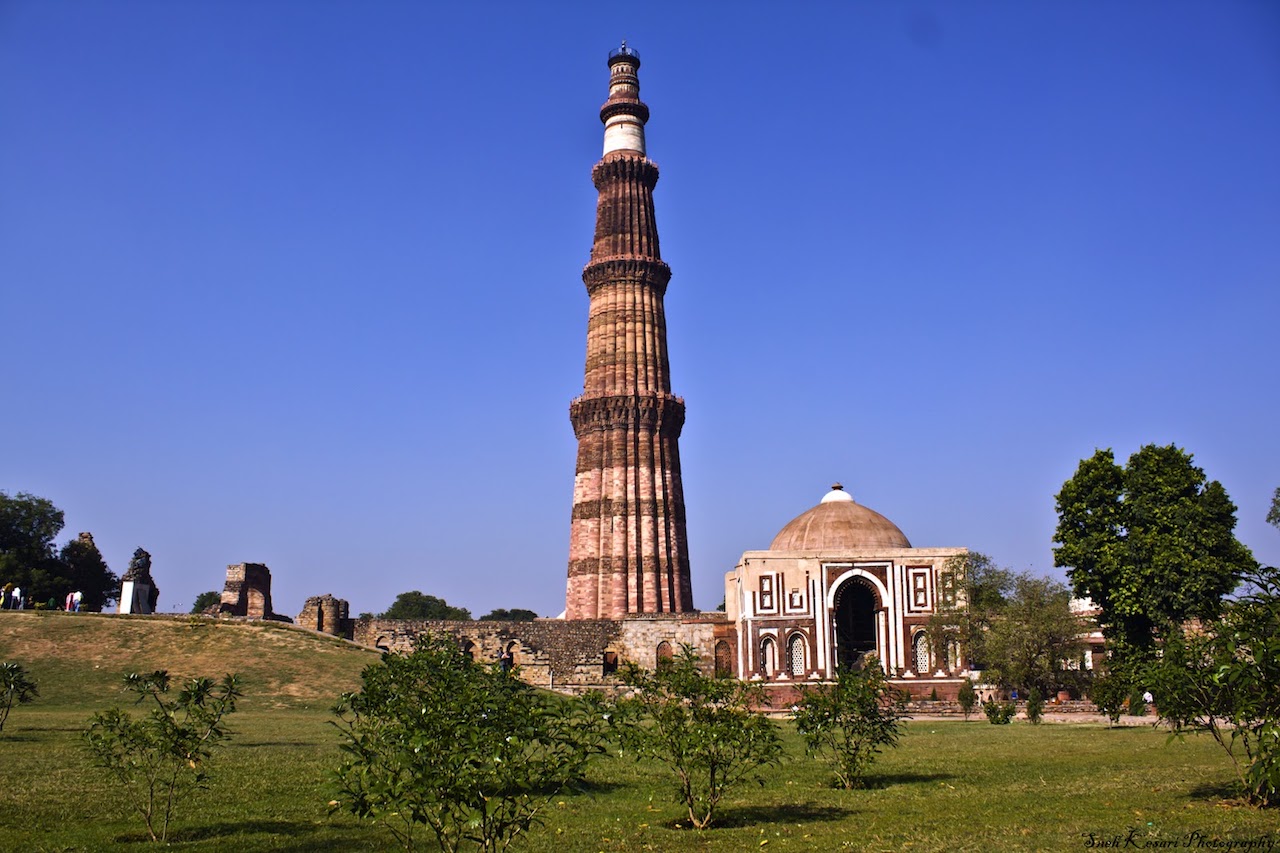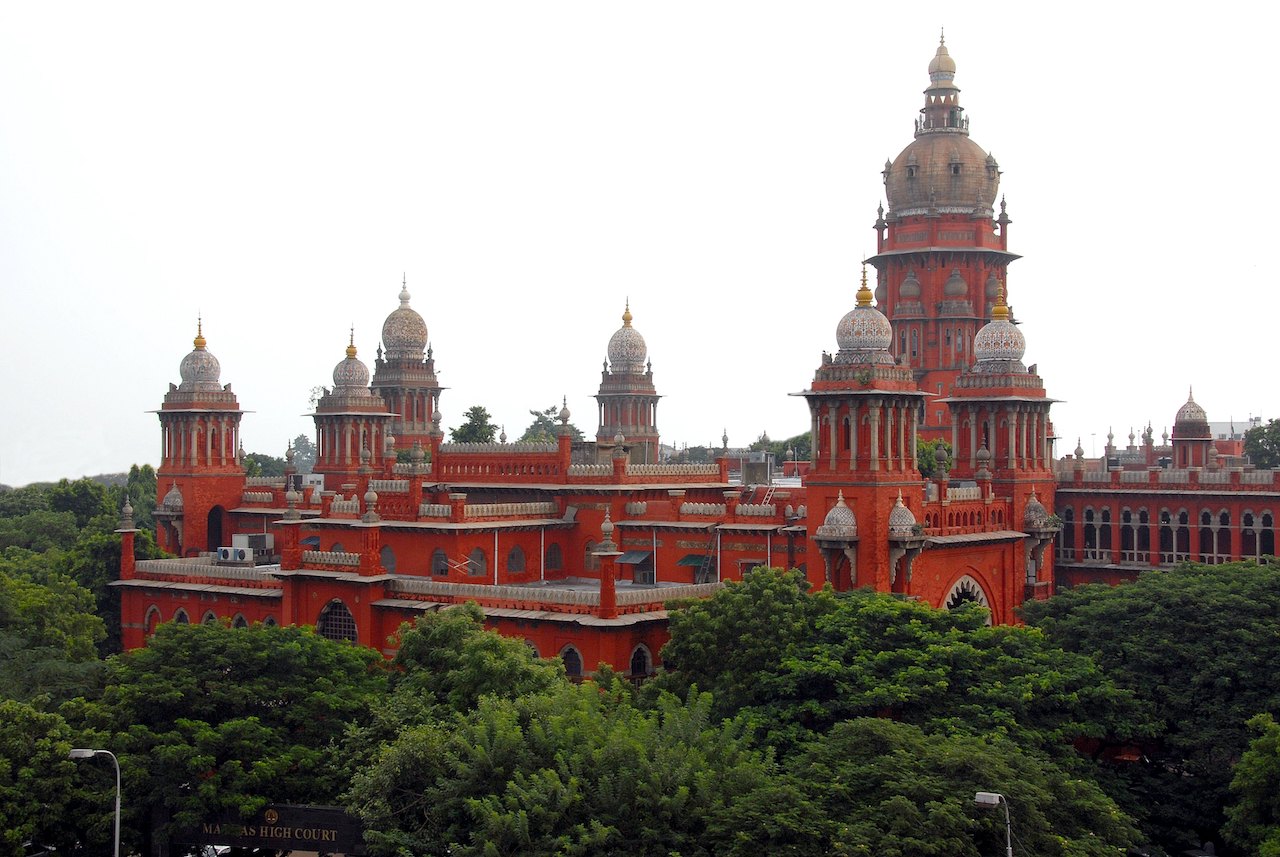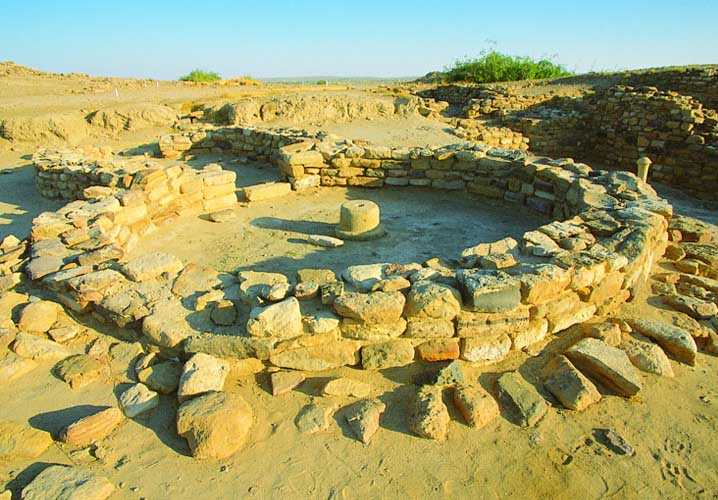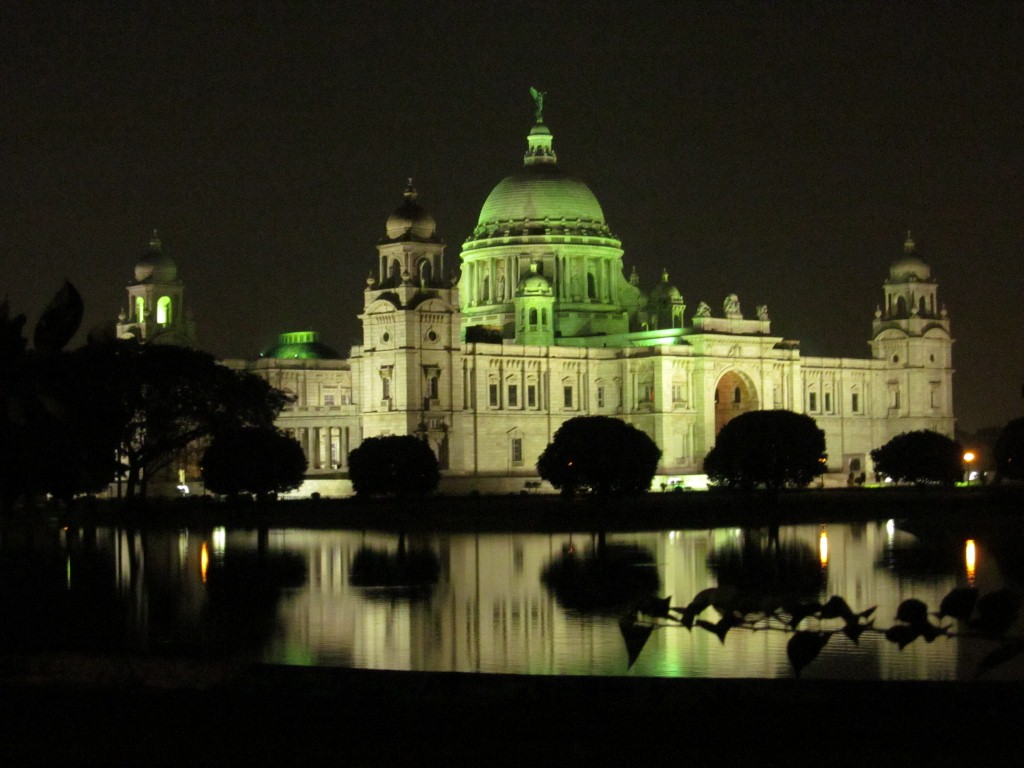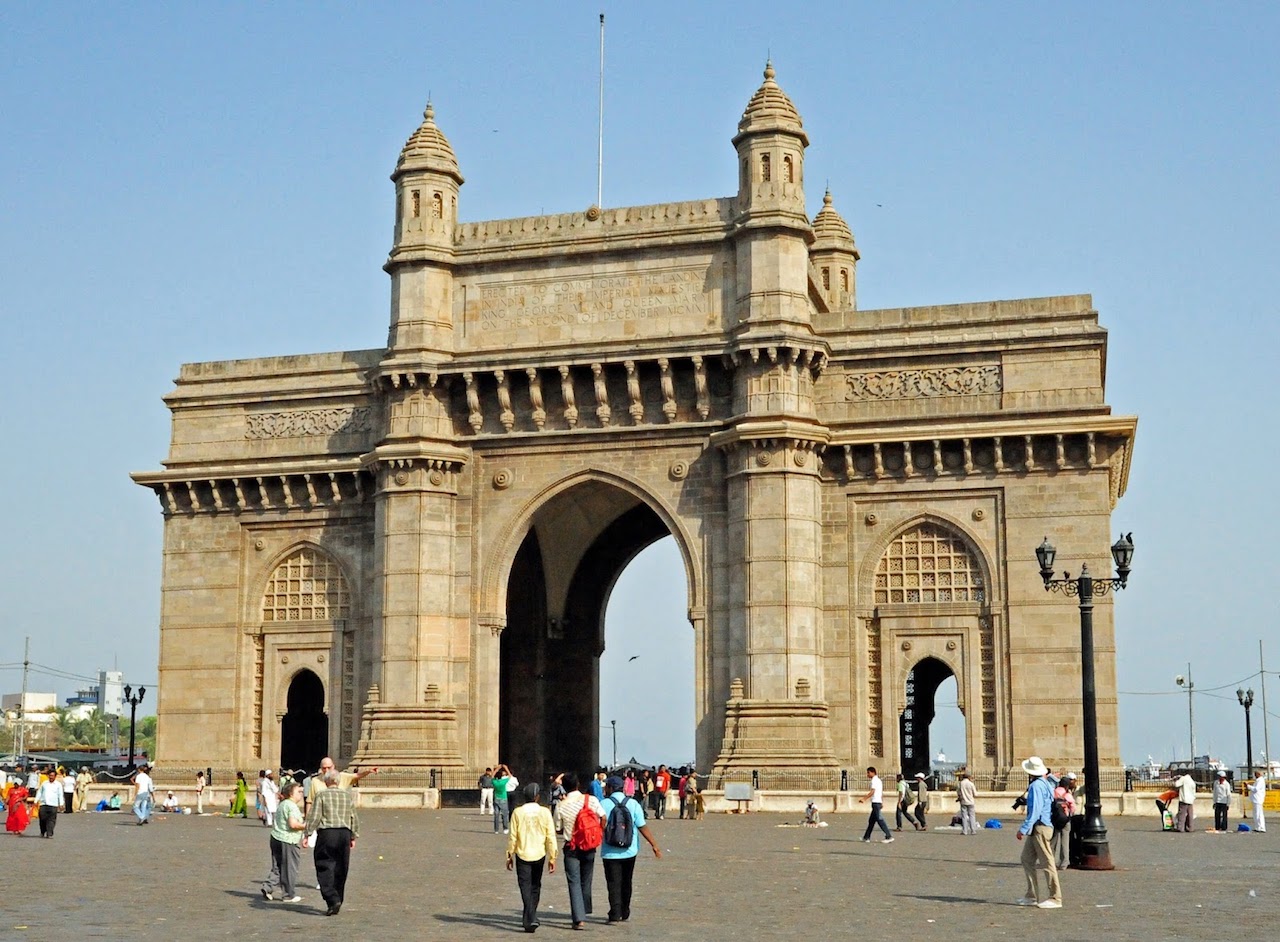‘I was so jetlagged in the morning, now I feel fresh and wide awake’, said Trisha at 6 p.m. ‘How I wish we can visit places in Delhi now instead of in the morning! But I am sure nothing except eateries are open for the night right?’ Her friend Nita, who Trisha was visiting from US, laughed and said, ‘Of course not! You want to see Delhi in the night, so we will. Come on’, and she dragged the surprised Trisha even as she booked a cab using the app on her phone.
The first place Nita took her friend to was India Gate which is the tourist hotspot of the Capital. To Trisha the place seemed alive with so many people hanging around. The lights gave the monument an ethereal look. Nita told her, ‘India Gate looks its best at twilight. The setting sun leaves a golden glow on the western side of the gate and makes the monument appear gold plated.
Their next stop was at Qutub Minar. The illuminated building was an imposing sight and Trisha held her breath when they stood at the foot of the 72.5 metre tower. It appeared to her in the glow of the lights that QutubMinar could tell her many secrets!
After strolling around for some time,they went back home. The two friends repeated the same exercise the next evening. This time their firststop for the night was the Red Fort. The LalQuila or Red Fort looked as though its history of over three hundred years had come alive with a light and sound show that was taking place. Trisha learnt that the show was held every evening.
From Red Fort Nita and Trisha walked up to Chandni Chowk. Nita had arranged for a walk through ChandniChowk with an organization popular for guiding tourists. The walk commenced at ChandniChowk Metro Station and took the girls through the vibrant markets. The guide enthralled them with stories of the 17th century capital, Shahjahanabad which is the walled city of Old Delhi founded by Shahjahan. The girls ended their night out with a cup of chai and yummy chat which ChandniChowk is famous for.
As they dropped off to bed in the early hours of the morning, Trisha concluded that jet lag did have advantages especially in a city like Delhi!

